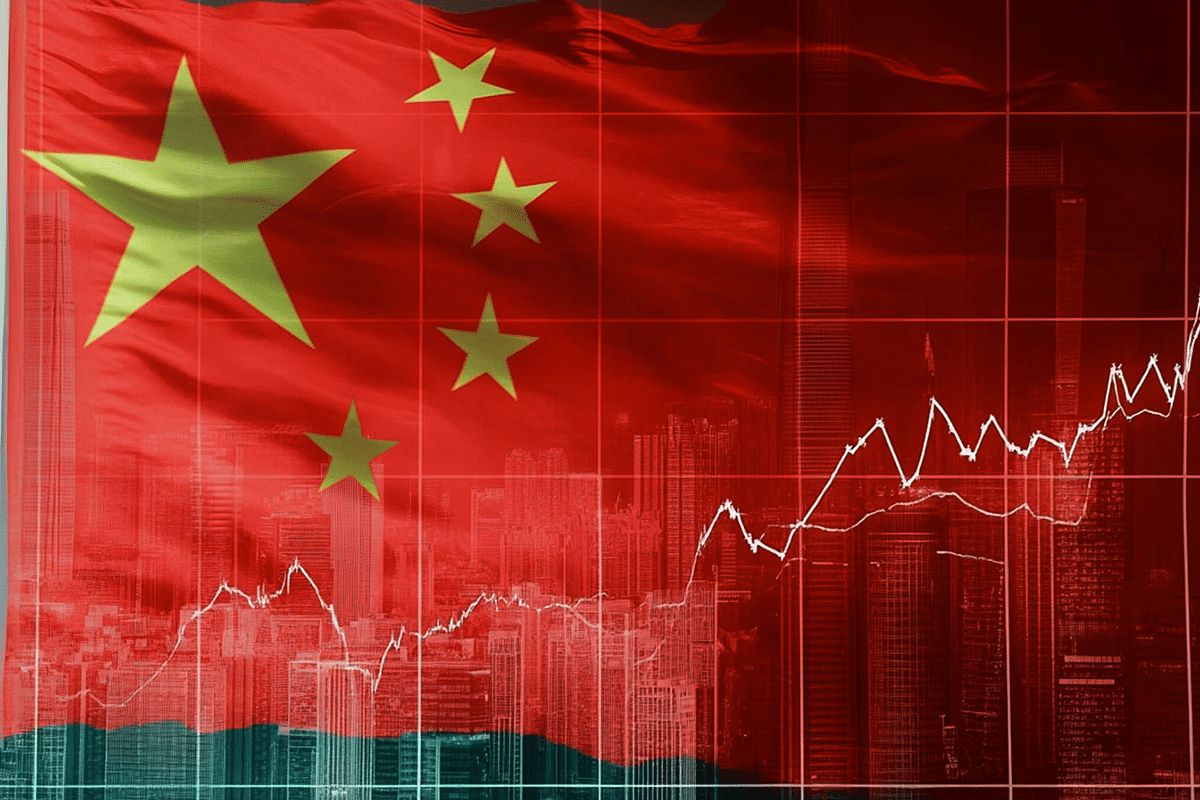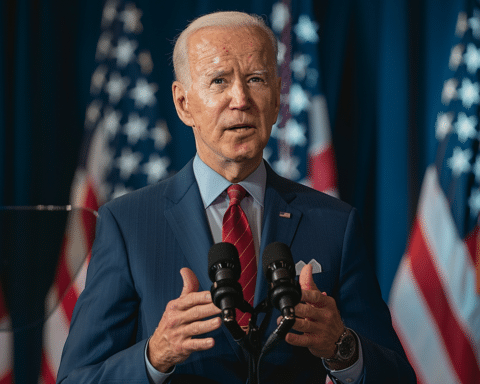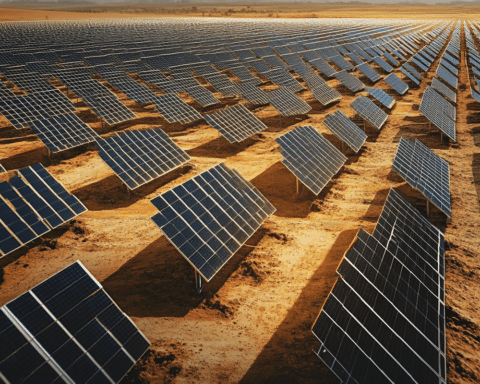China’s leadership has laid out an ambitious plan to reinvigorate its economy in 2025, introducing a combination of looser monetary policies and more assertive fiscal measures. The announcement, made by the Politburo ahead of the annual Central Economic Work Conference, underscores the government’s focus on stabilizing key sectors and driving domestic consumption. The shift marks a notable policy adjustment as the nation grapples with slowing growth and mounting global uncertainties.
A key aspect of the strategy involves adopting a “moderately flexible” monetary policy, a shift not seen since the period following the global financial crisis of 2008. This change signals a break from more than a decade of cautious financial measures and highlights an increased urgency to tackle pressing economic issues. This adjusted monetary approach is designed to align with an active fiscal policy, focusing on revitalizing both public and private investment, stabilizing municipal finances, and maintaining consistent economic growth.
Focus on Domestic Demand and Market Stability
At the heart of the new policies lies an emphasis on expanding domestic demand. Consumption growth has lagged behind expectations, hindered by a sluggish property market and weakened household confidence. The government aims to address these issues by stabilizing the housing and stock markets, although specific measures remain undisclosed. Strengthening consumer confidence is critical as policymakers look to balance growth across industrial and consumer-driven sectors.
The leadership’s focus on market stabilization has already sparked optimism in financial markets. Hong Kong’s Hang Seng index climbed 2.8% following the announcement, its highest level in a month, while government bonds saw increased demand. However, sustaining these gains will require decisive action to counter structural weaknesses and stimulate broader economic participation.
External Challenges Loom Large
China’s economic plan for 2025 is being developed amid increasing global tensions. The possible return of Donald Trump to the U.S. presidency, along with his declared intention to introduce tariffs of 60% or higher on Chinese goods, represents a considerable risk to China’s export-driven industries. Such tariffs could potentially disrupt trade flows exceeding $400 billion each year, further straining an already delicate economic situation.
Domestically, the government must navigate an over-reliance on manufacturing and infrastructure investment while addressing consumer demand shortfalls. Economists have called for stronger support for low-income households, as well as targeted reforms in tax and welfare systems to foster more inclusive growth. So far, however, policy initiatives have prioritized strengthening China’s manufacturing prowess, particularly in high-tech industries like electric vehicles, solar energy, and batteries.
Policy Evolution Reflects Economic Pressures
The decision to loosen monetary policy underscores the government’s recognition of persistent challenges. Recent actions, such as September’s aggressive monetary easing and a 1 trillion yuan liquidity injection, reflect a willingness to act decisively in the face of economic uncertainty. The announcement also aligns with November’s unveiling of a 10 trillion yuan debt package designed to ease local government financial strains and stabilize economic conditions over the long term.
Despite these measures, economists warn that maintaining 5% growth in 2025 will require bold and sustained interventions. Government advisers have recommended keeping growth targets steady while implementing more forceful fiscal stimulus to counter both domestic and international headwinds.
Path Forward Balances Ambition and Reality
As China charts its course for 2025, it faces a delicate balancing act between short-term stimulus and long-term structural reforms. The leadership’s focus on policy innovation and extraordinary counter-cyclical measures suggests a commitment to navigating the complex economic landscape. However, achieving tangible results will depend on effectively addressing deep-seated issues such as regional inequalities, deflationary pressures, and the lingering impacts of the property market crisis.
China’s success in rebalancing its economy will likely hinge on its ability to foster domestic resilience while maintaining its competitive edge in global markets. With the groundwork laid by the Politburo’s new policies, the coming year will be critical in determining whether these ambitions translate into sustainable growth.





